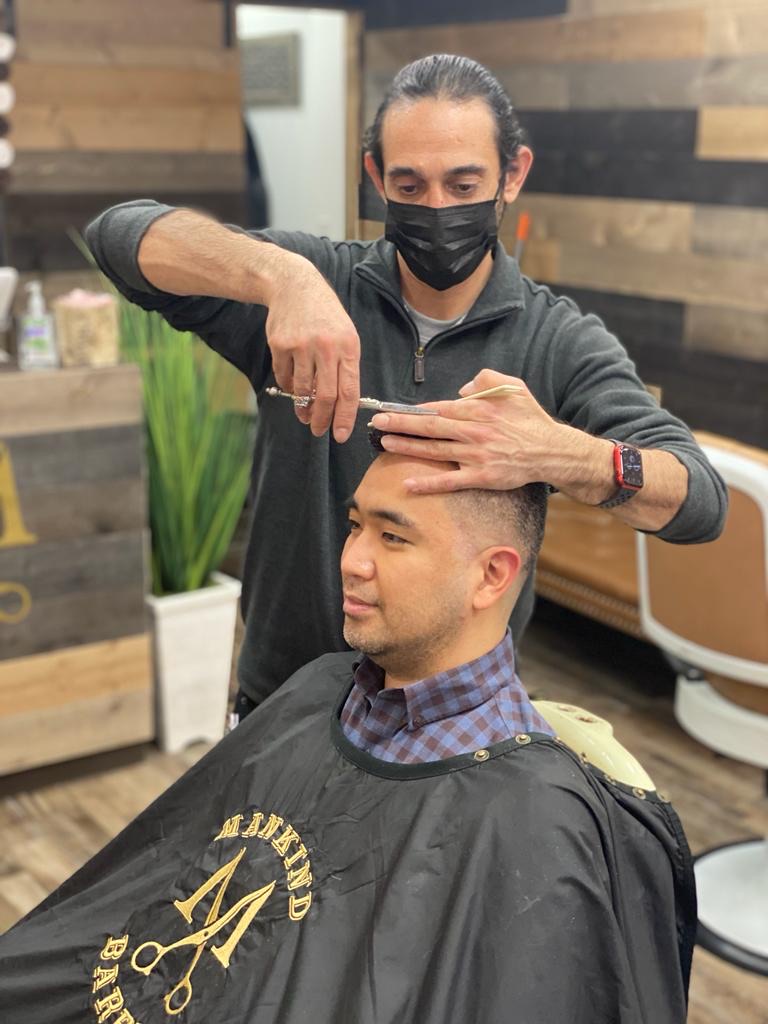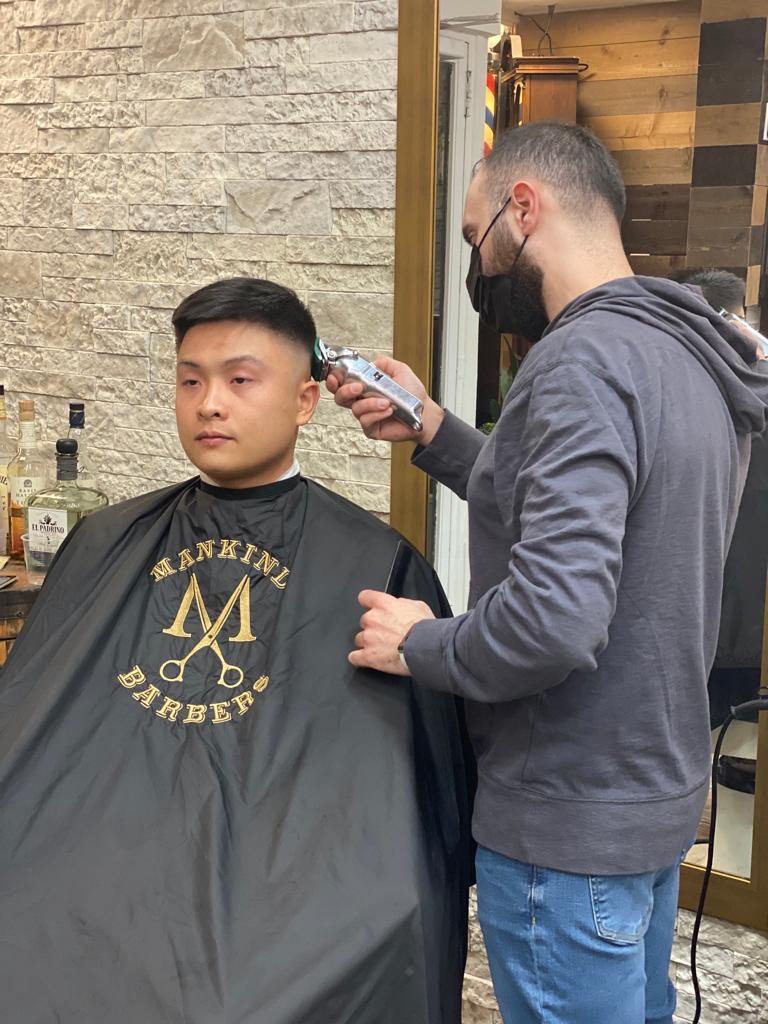Frequently Asked Questions
To maintain a classic fade haircut, one should visit the barber every two to three weeks. This frequency ensures that the fade remains sharp and the transition between hair lengths stays clean and precise. Regular visits help manage the growth of hair on the sides and back, preventing the fade from losing its defined look. The classic fade, known for its gradual tapering and seamless blending, requires consistent upkeep to avoid looking unkempt. Barbers often recommend this schedule to maintain the integrity of the fade, ensuring that the hairline remains crisp and the overall style retains its polished appearance. Regular trims also help in managing the texture and volume, keeping the fade looking fresh and stylish.
For styling and maintaining a classic fade, a variety of products can be utilized to achieve a polished look. A high-quality pomade or styling cream is essential for adding definition and hold, with options like water-based pomades providing a sleek finish without the greasy residue. Hair clippers with adjustable guards are crucial for maintaining the fade's precision, while a trimmer can help clean up the edges and neckline. A boar bristle brush or comb is recommended for distributing product evenly and creating a smooth texture. To keep the scalp healthy and the hair nourished, a lightweight leave-in conditioner or hair oil can be applied, especially if the hair is prone to dryness. For those with sensitive skin, an alcohol-free aftershave or soothing balm can prevent irritation after trimming. Regular use of a clarifying shampoo will help remove product buildup, ensuring the fade remains sharp and clean.
To prevent a fade haircut from looking uneven as it grows out, one should consider maintaining a consistent hair care routine that includes regular trims every 3-4 weeks to keep the fade lines sharp and the transition smooth. Utilizing quality hair products such as moisturizing shampoos and conditioners can help maintain hair health and prevent split ends, which can contribute to an uneven appearance. Additionally, using styling products like pomades or gels can help manage hair texture and keep the fade looking neat. It's also beneficial to brush or comb the hair daily to distribute natural oils evenly, which can enhance the overall look of the fade. Consulting with a professional barber for personalized advice on fade maintenance and considering the natural growth patterns of the hair can further ensure that the fade grows out evenly and maintains its intended style.
To maintain a healthy scalp with a fade haircut, it is essential to incorporate a routine that includes gentle cleansing and moisturizing. Using a sulfate-free shampoo helps to prevent dryness and irritation, while a clarifying shampoo once a week can remove product buildup and excess oil. Exfoliating the scalp with a soft-bristle brush or a scalp scrub can enhance circulation and remove dead skin cells, promoting a healthier environment for hair growth. Applying a lightweight, non-comedogenic moisturizer or scalp serum can keep the skin hydrated without clogging pores. Regularly massaging the scalp with essential oils like tea tree or peppermint can soothe inflammation and provide antibacterial benefits. It's also important to protect the scalp from UV damage by wearing a hat or using a sunscreen spray specifically formulated for the scalp. Regular visits to a barber for maintenance trims can help keep the fade sharp and prevent ingrown hairs, while ensuring the scalp remains in optimal condition.
To communicate effectively with a barber to achieve the perfect fade style, one should use precise terminology and visual aids to convey their desired look. It's important to discuss the specific type of fade, such as a low, mid, or high fade, and clarify the preferred length on top, whether it's a crew cut, pompadour, or quiff. Mentioning the desired tapering technique, such as skin fade or shadow fade, can help the barber understand the level of contrast between the sides and the top. Bringing reference photos can provide a visual guide, ensuring both parties have a clear understanding of the style. Discussing the hairline shape, whether squared or rounded, and the sideburn length can further refine the haircut. Additionally, one should communicate any preferences for texturizing or layering on top to achieve the desired volume and movement. By using specific language and visual examples, one can effectively collaborate with the barber to achieve a fade that complements their personal style and facial features.

